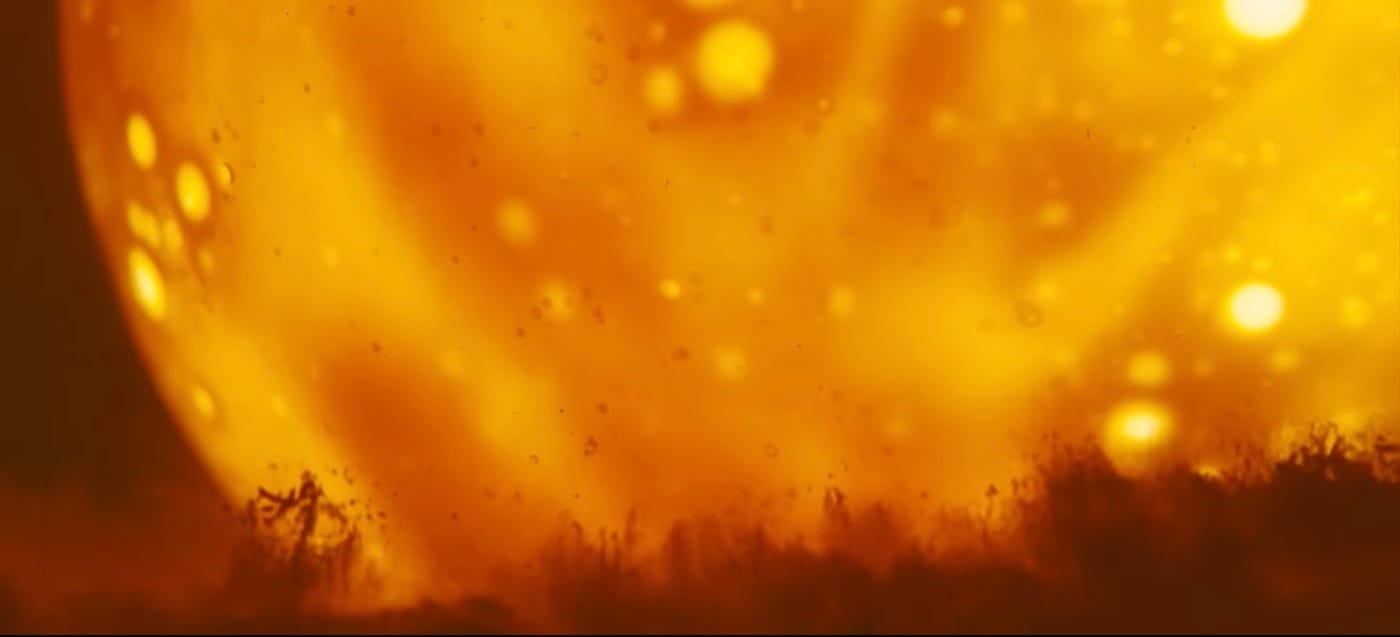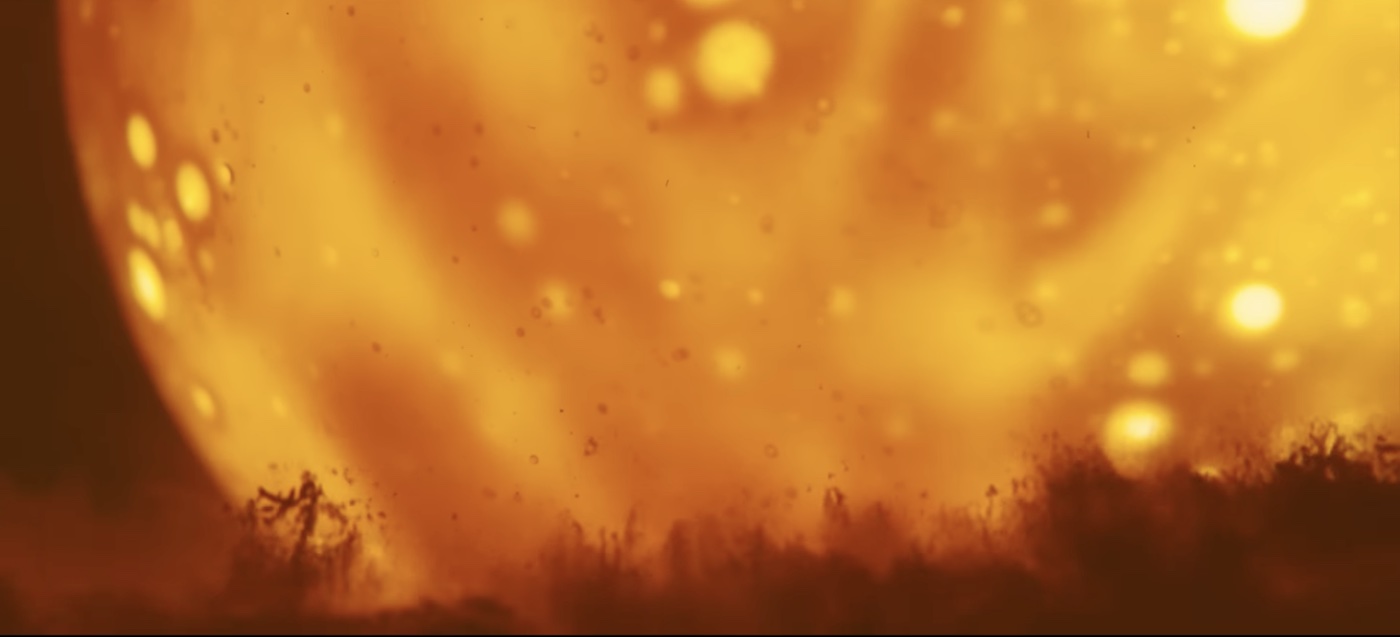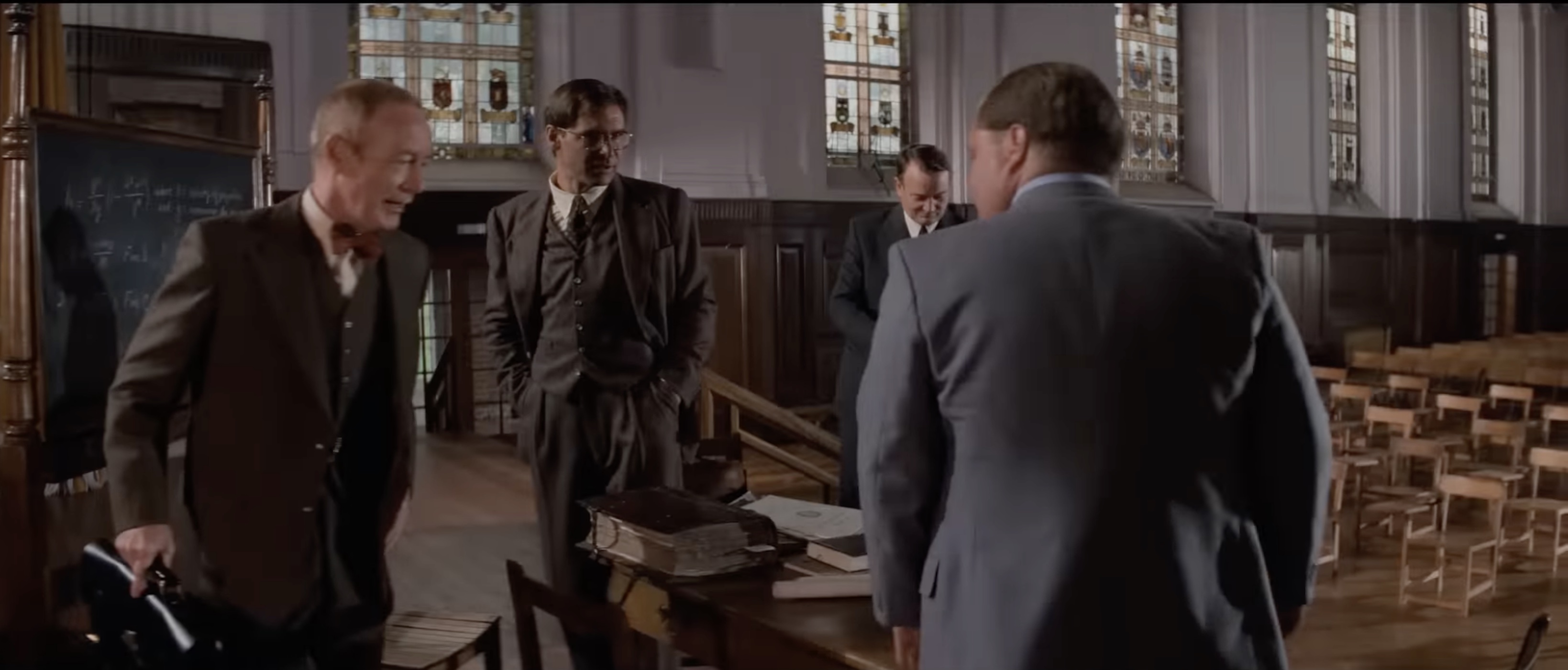Oppenheimer, Part Two: Raiders of a Divine Power
Christopher Nolan re-makes Steven Spielberg's "Raiders of the Lost Ark" into a profound meditation on America's self-righteous obsession with coercive violence and apocalyptic firepower.

I said this at the end of Part One and I’ll say it again: Part Two of my reflections on Christopher Nolan’s Oppenheimer contains plenty of spoilers — and that includes revealing details from another film: Raiders of the Lost Ark. Nolan’s movie about “the father of the atomic bomb” is complicated. (I clarified some of that complexity in Part One.)

But I find that I can appreciate the film more when I hold it up alongside Spielberg’s 1981 “cliffhanger classic.”
Remembering Raiders: A Necessary Prologue
As we make that thrilling turn with storytellers Steven Spielberg, George Lucas, and Lawrence Kasdan into the fiery finale of Raiders of the Lost Ark, we watch our frustrated hero Indiana Jones, his exasperated partner Marion, their gloating Nazi captors, and Indy’s boastful nemesis Rene Belloq arrive at a terrifying threshold.
Give Me Some Light is a reader-supported publication. A free subscription gives you access to some posts; a paid subscription gives you access to everything, including the rest of this review.
Like the contentious Manhattan Project players as they prepare to test their science, all of these characters are about to cross a border from the uncertainties of Theory into the terrible consequences of Knowledge. They have gained access to the Ark of the Covenant. It is rumored to contain a Divine power that can deliver a violent victory to whomever wields it. Belloq intends to open the Ark because he longs to know what is inside. The Nazis agree to this so they can confirm that they’ve secured for Hitler the god-like power he desires.

How did they get here?
Raiders plays out in three acts, all of which I thought about while watching Oppenheimer.
